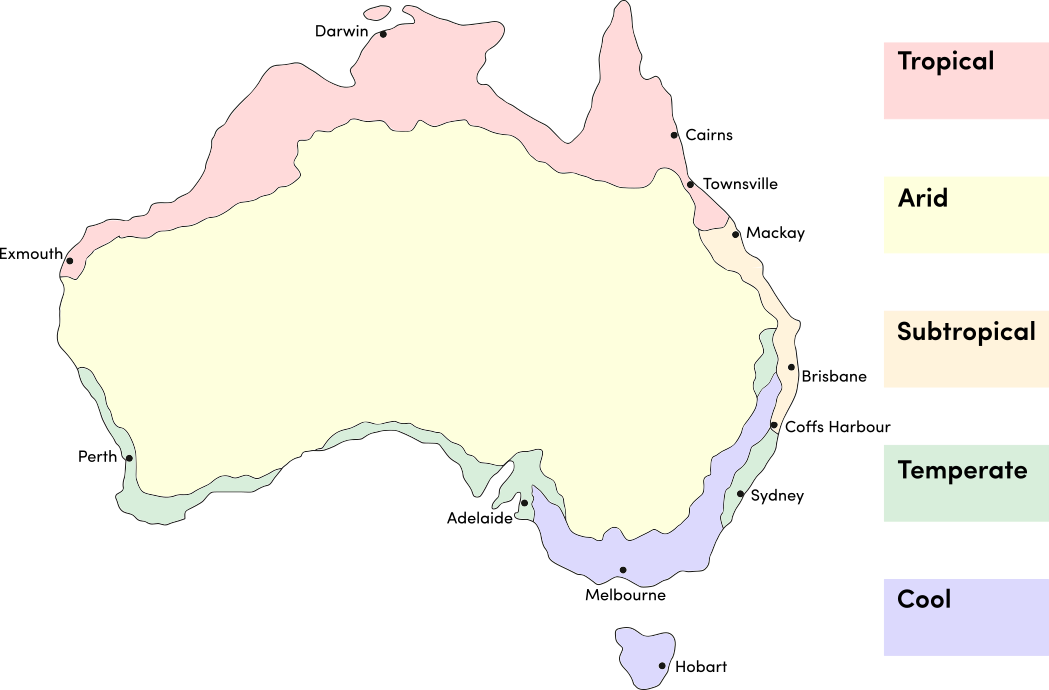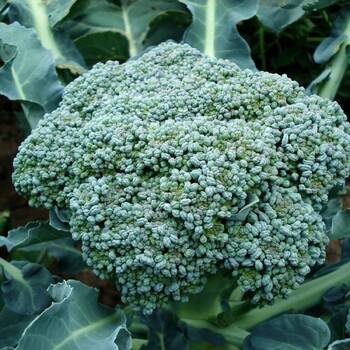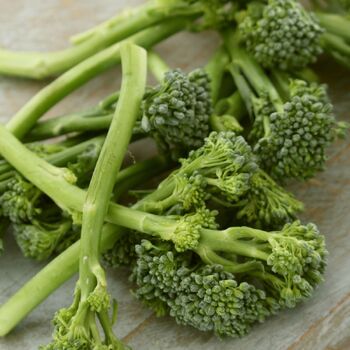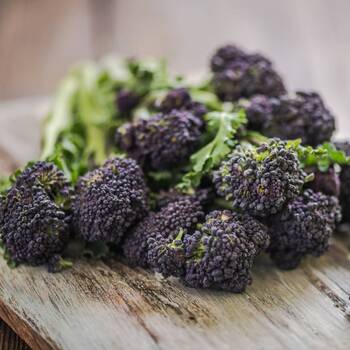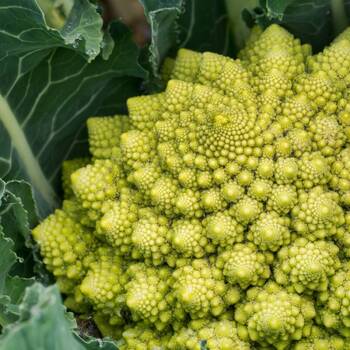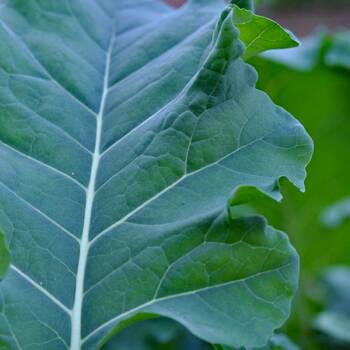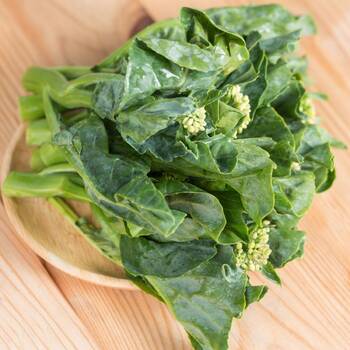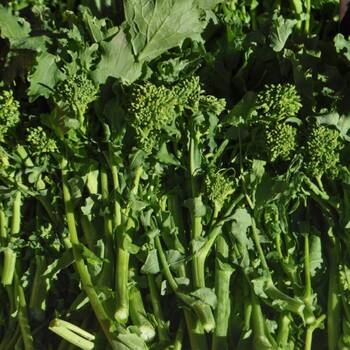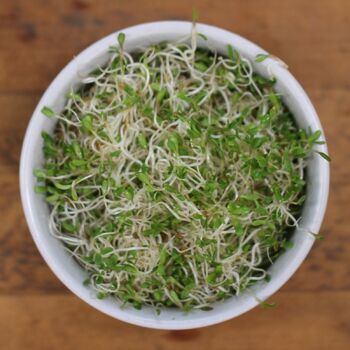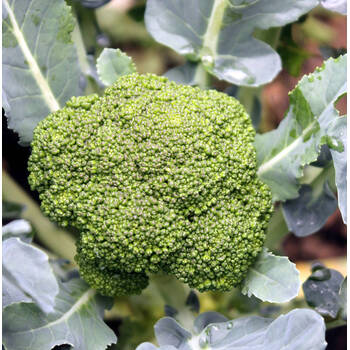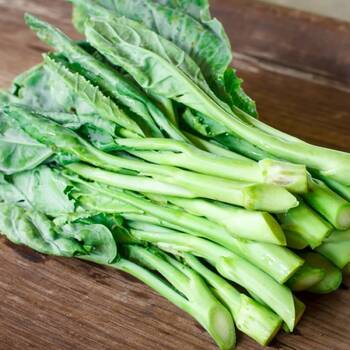Broccoli Seeds_
Guides
-

How to Grow Broccoli Seeds
A comprehensive guide on how to grow Broccoli Seeds; including soil preparation and position, when and how to sow, when and how to harvest and common pests and diseases. View guide.
-
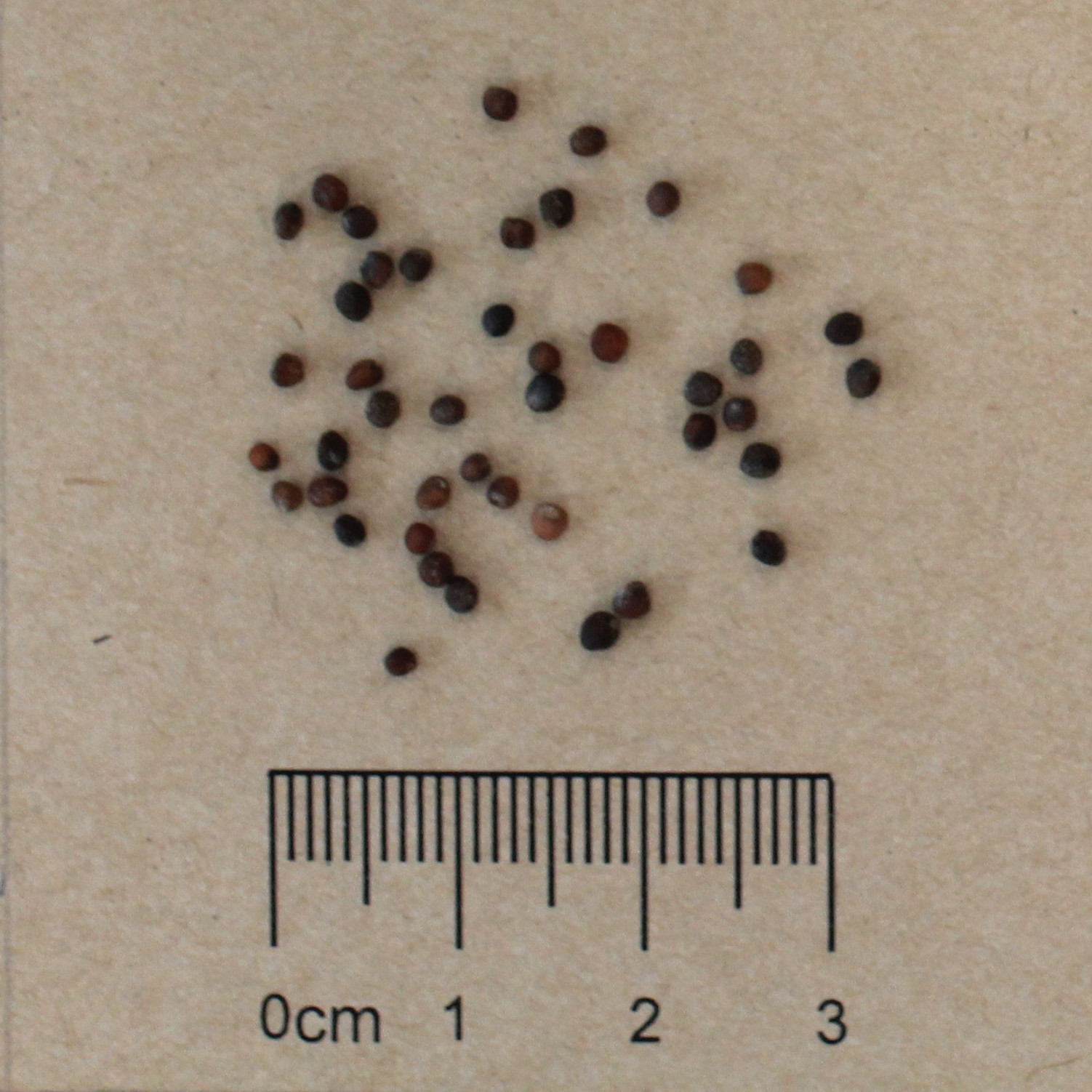
Seed Saving Guide: Broccoli (Brassica oleracea)
A guide on how to save Broccoli seeds; including pollination type, isolation distance, when to harvest and best cleaning methods. View guide.
-
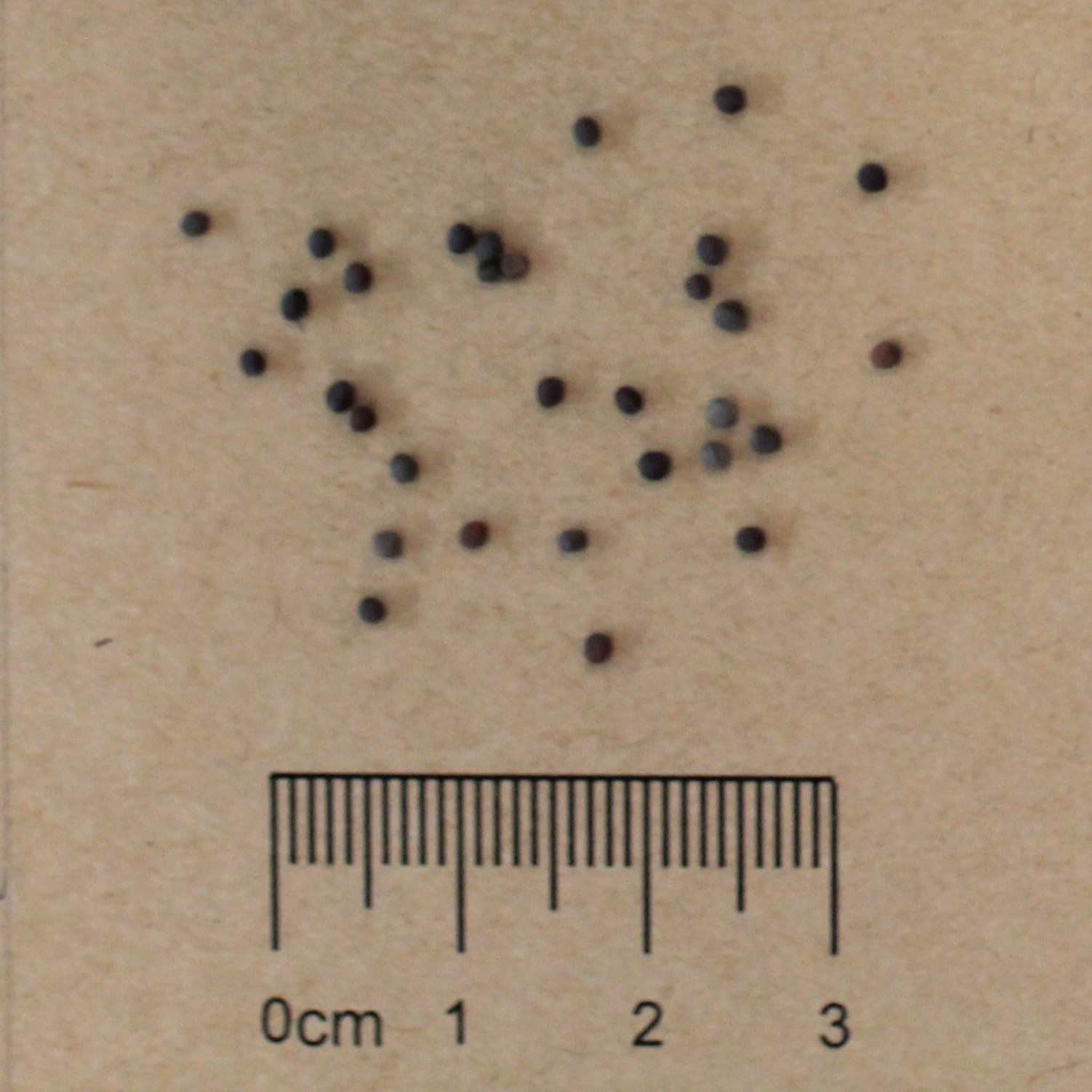
Seed Saving Guide: Rapini (Brassica rapa)
A guide on how to save Rapini seeds; including pollination type, isolation distance, when to harvest and best cleaning methods. View guide.
More Related Content
-
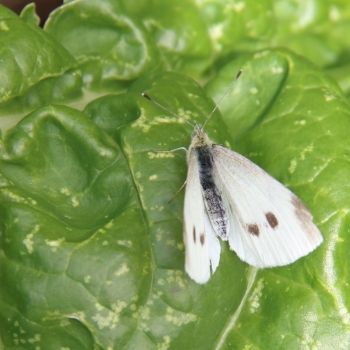
A Veggie Gardener's Guide to Cabbage Moths, Butterflies, and Caterpillars
The larvae of cabbage moths can lay waste to your carefully cultivated brassicas in a few short days. This article explains how to protect your patch against these voracious pests. Read article.
-
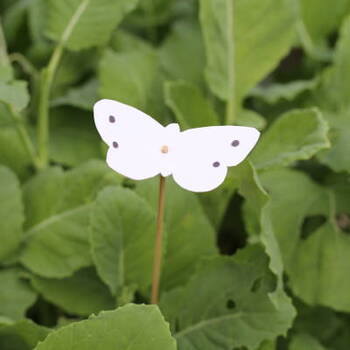
How to Make Homemade Cabbage Moth Decoys
Cabbage moths are one of the most destructive pests in a veggie patch. This short guide shows how to deter them with inexpensive but effective homemade cabbage moth decoys. Read article.
-
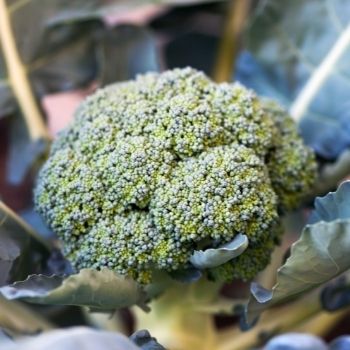
How to Grow Broccoli from Seed
Broccoli is a tasty superfood that's packed with nutrients. It's also surprisingly easy to grow, as this article explains. Read article.
-
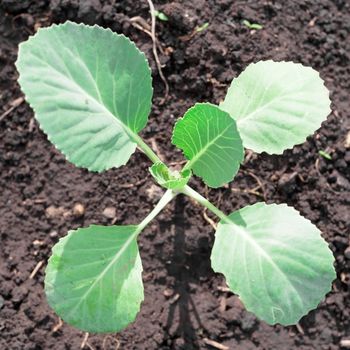
Brassicas: Sow Seeds in Summer for Better Winter Harvests
It's common to sow summer crops indoors in winter to give them a head start in life. But not as many gardeners take the same early approach to winter crops like brassicas. Starting your winter veggie garden in summer is a great idea, and here's why. Read article.

